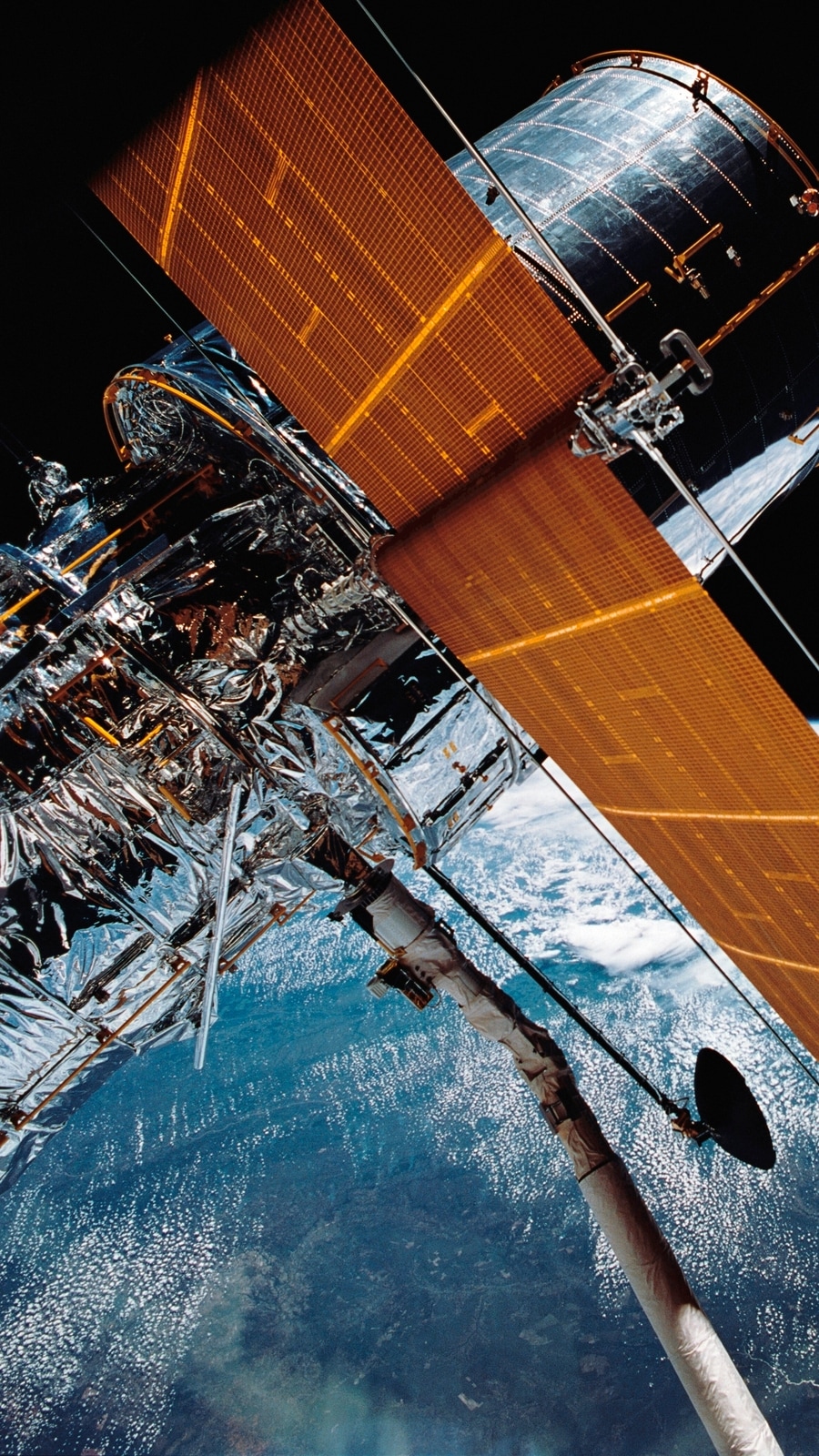
Unveiling the Cosmos: Journey through breathtaking images taken by NASA's Hubble Space Telescope
Photo Credit: Apple
Westerlund 2 Cluster: The Hubble Telescope unveils Westerlund 2, a bustling cluster of 3,000 stars nestled within the Gum 29 nebula.
Photo Credit: NASA
Galaxy NGC 4535: Behold the beauty of galaxy NGC 4535, located in the Virgo constellation, captured by Hubble Telescope. Despite its distant 50 million light-years from Earth, Hubble's image reveals its intricate details, showcasing its ethereal appearance.
Photo Credit: NASA
Butterfly Nebula (NGC 6302): Hubble's mesmerizing image of Caldwell 69, the Butterfly Nebula, blends ultraviolet, visible, and infrared observations. This composite image, compiled from 2019 and 2020 data, highlights the nebula's intricate structure.
Photo Credit: NASA
Hubble Deep Field: In 1995, Hubble gazed into a seemingly empty patch of sky for 10 days, revealing the Hubble Deep Field. This iconic image captured thousands of galaxies, offering a profound glimpse into the universe's evolution.
Photo Credit: NASA
Black Eye Galaxy – NGC 4826: NGC 4826, dubbed the Black Eye Galaxy, is a spiral galaxy captured by Hubble. Located 17 million light-years away in Coma Berenices, Hubble's image reveals its striking features, including a dark band of dust across its nucleus.
Photo Credit: NASA
Merging Star Clusters in 30 Doradus: Hubble captures two massive star clusters in the 30 Doradus nebula, possibly in the early stages of merging. Situated 170,000 light-years away in the Large Magellanic Cloud, this image offers insight into stellar evolution.
Photo Credit: NASA
The Mice – NGC 4676: NGC 4676, known as "The Mice," features two colliding spiral galaxies with long tails of stars and gas. Hubble's image showcases their cosmic dance as they merge into a single galaxy, with young blue stars forming in the wake of their interaction.

